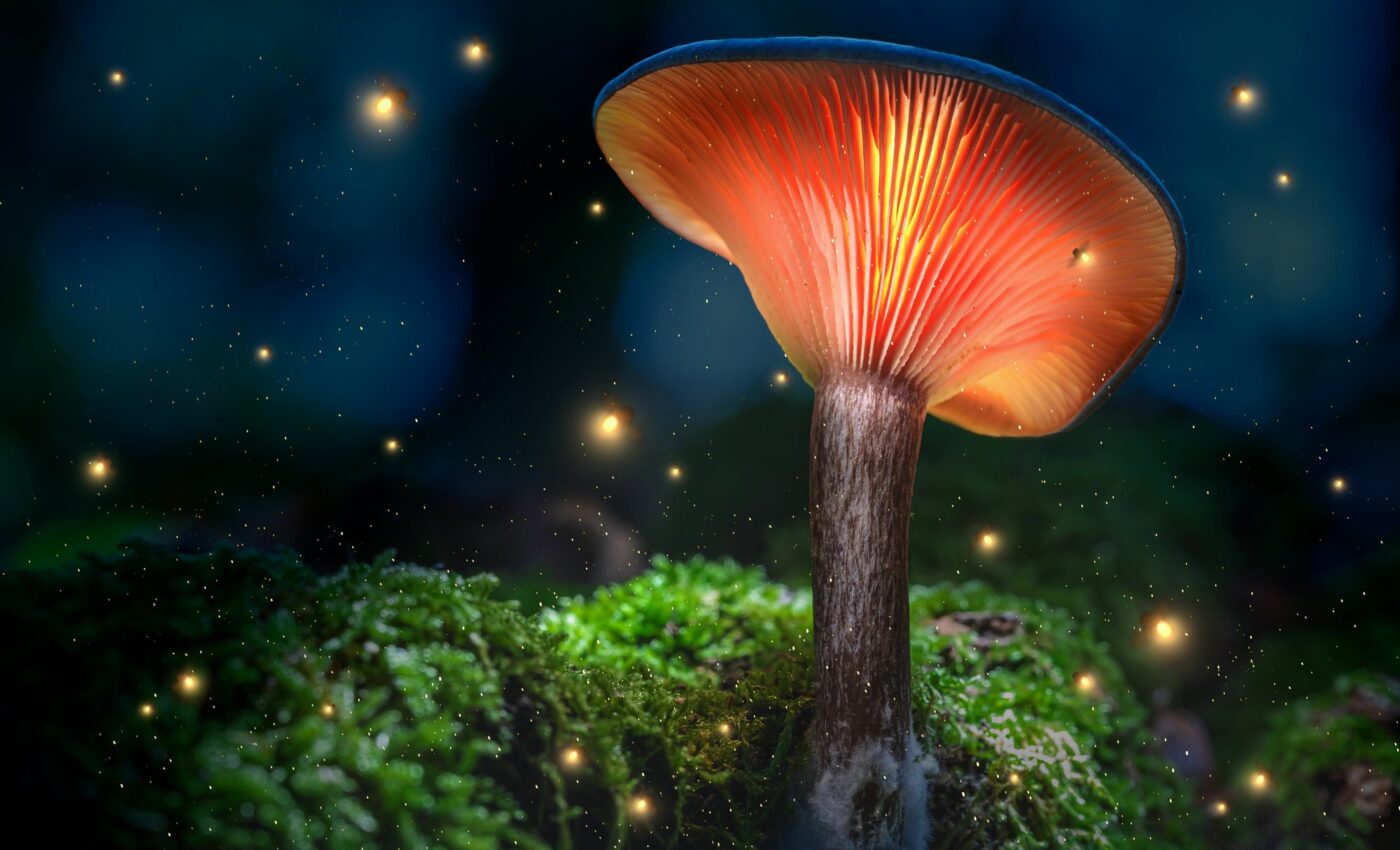
Nighttime buzz: Insect activity increases by 31.4% at night
A recent global study has shed light on a long-debated question in the world of entomology: are insect populations more active during the day or night? The findings, led by Dr. Mark Wong of The University of Western Australia, reveal a surprising pattern – insect activity increases by a third (31.4%) at night.
Insect activity cycles
Insects play vital roles in ecosystems across the globe. Many flowering plants rely on insects to transfer pollen between blooms, ensuring the fertilization of seeds and the production of fruits and vegetables. Without insects like bees, butterflies, and flies, our food supply would be dramatically limited.
Insects help break down organic matter such as decaying leaves, fallen logs, and animal waste. This releases essential nutrients back into the soil, promoting plant growth and supporting the health of whole ecosystems.
Diverse animals, including birds, reptiles, amphibians, and mammals, rely on insects as a primary food supply. Insects help to transfer energy up the food chain and support biodiversity at multiple levels.
Understanding their activity patterns across the day-night cycle is thus essential for comprehending broader ecological processes. When insects are more active directly influences their ability to carry out these vital roles in the ecosystem.
Knowing whether certain species are predominantly nocturnal or diurnal helps us understand factors like pollination timing, predator-prey relationships, and how ecosystems respond to environmental change.
Insect activity at night and day
Dr. Wong’s research provides a comprehensive picture of which insect groups favor nocturnal or diurnal lifestyles:
Nocturnal insects
- Mayflies: Delicate insects with large, transparent wings. They are vital to aquatic ecosystems – their nymph stage is spent underwater and they are a key food source for fish. Adult mayflies have a famously short lifespan, emerging just to mate and lay eggs.
- Caddisflies: Similar to small moths, their aquatic larvae often build cases around themselves from materials like leaves and twigs for protection. They play a crucial role in processing organic matter in streams and rivers.
- Moths: While some moths are diurnal, many species are nocturnal. They are important pollinators, especially for night-blooming flowers, and serve as food for bats and other nocturnal predators.
- Earwigs: Identified by their distinctive pincers, these insects are mostly nocturnal scavengers. They help control pest populations and contribute to the breakdown of decaying matter.
Diurnal insects
- Thrips: Tiny, slender insects that feed on plants. While some species can damage crops, many are beneficial as they pollinate flowers or prey on other insect pests.
- Bees: Perhaps the most famous pollinators. Bees live in structured colonies and collect pollen and nectar to feed their young, facilitating the reproduction of countless plant species.
- Wasps: While often considered pests, many wasps are actually predators of other insects, helping control populations of flies, caterpillars, and other potential crop pests. Some wasps are also important pollinators.
- Ants: Social insects that live in highly organized colonies. They have diverse roles, from seed dispersal and pollination to preying on smaller insects or scavenging for food.
Ecological drivers of insect activity patterns
Insects have evolved a variety of strategies to avoid becoming a meal. One key strategy is to be most active when their main predators are not. This explains why many aquatic insects have higher activity levels at night, given that fish are primarily visual daytime hunters.
Moreover, terrestrial insects face a different set of predators, particularly nocturnal creatures like bats, which often use echolocation to find prey. This is a major reason why terrestrial insects often exhibit increased activity during daylight hours.
Nocturnal activity was found to be significantly higher in aquatic habitats like rivers and streams. Conversely, terrestrial ecosystems, particularly grasslands and savannas, showed higher concentrations of insects during the day.
“Fish tend to hunt aquatic insects during the day, whereas nocturnal animals such as bats make life on land more hazardous at night,” explained Dr. Wong.
Global trends in insect activity
“We found peak levels of nocturnal activity in the warmer regions of the world, as more insects likely sought refuge from the heat of the day,” said Dr. Wong. This highlights the sensitivity of nighttime insect populations to temperature fluctuations.
The study emphasizes the potential threats posed by climate change and artificial light pollution. Rising temperatures could further disrupt nocturnal insect populations in warmer climates, while artificial lighting can interfere with the natural behaviors of many nocturnal insects.
“Such research can be exhausting, as traps need to be installed and replaced multiple times over days and nights, across many different locations,” noted Dr. Wong.
“But it is absolutely indispensable. Insects are among the most diverse and important organisms on our planet, and studying their intricate rhythms represents not just a scientific endeavor, but an imperative for conserving biodiversity on a rapidly changing planet.”
The study is published in Nature Communications.
—–
Like what you read? Subscribe to our newsletter for engaging articles, exclusive content, and the latest updates.
Check us out on EarthSnap, a free app brought to you by Eric Ralls and Earth.com.
—–













